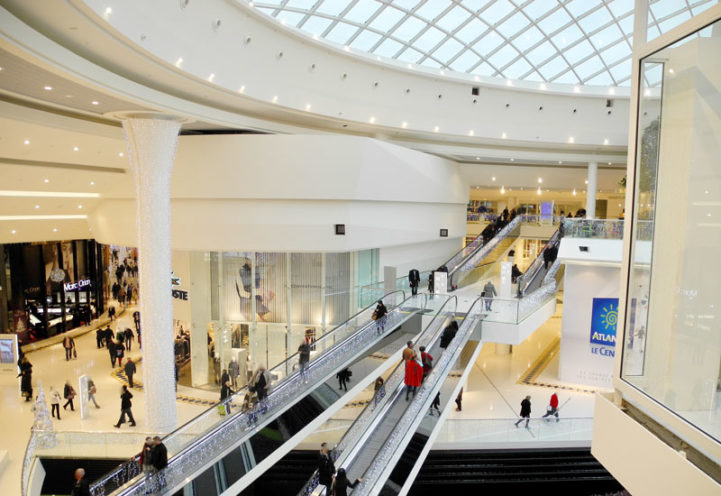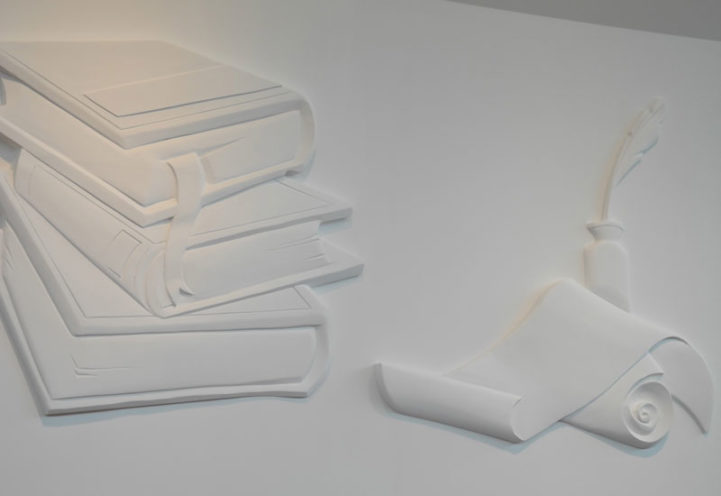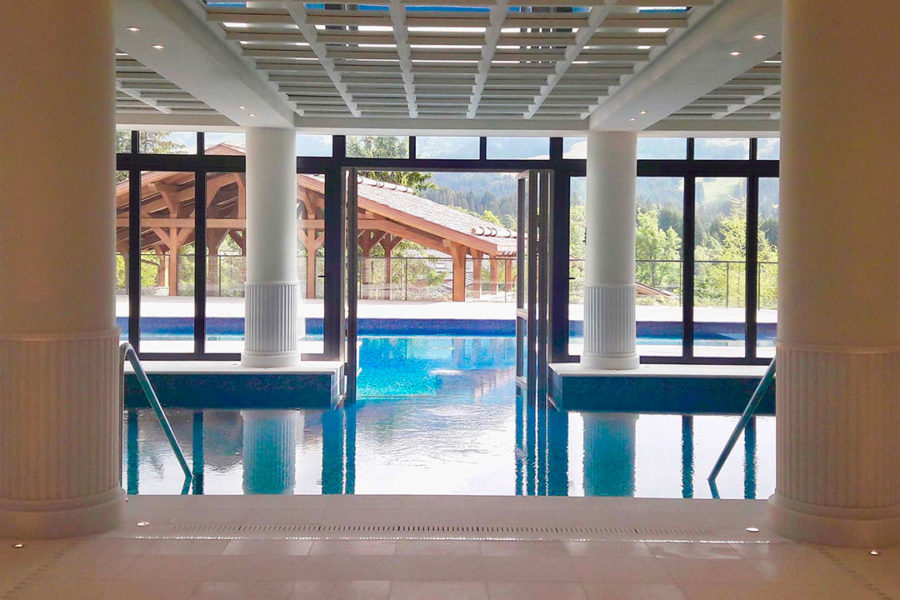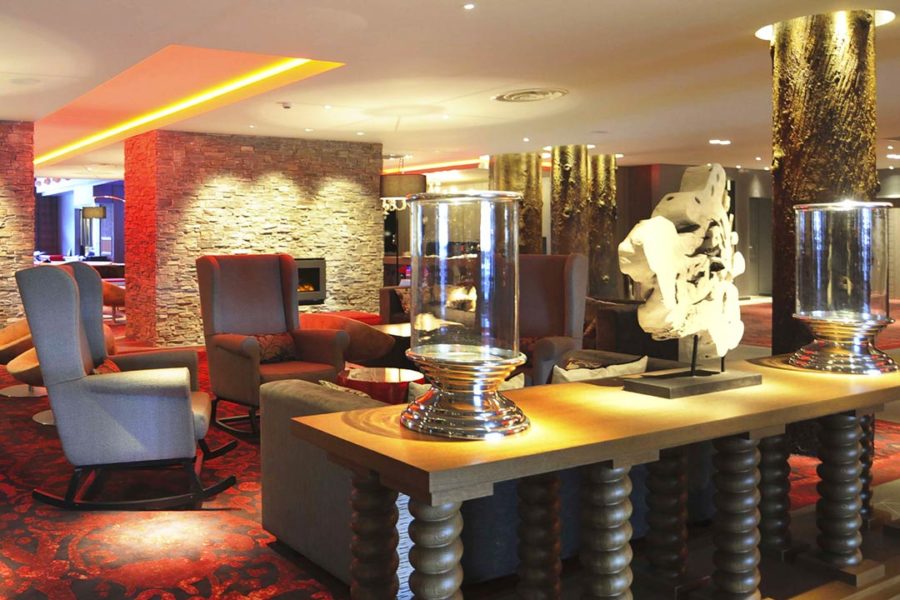Contemporary architecture and columns
This architectural element has been a source of great inspiration to architects, who frequently include columns in their contemporary buildings. Columns are functional, modern and sophisticated, enabling new constructions with extraordinary architecture to be devised.
Not only are columns key to the structure and support of buildings, but they also play an important role in interior décor. The diversity of motifs on columns and scales allows architects to incorporate them into any architectural style.
History of columns
Columns are architectural elements which appeared during the Greco-Roman era. After initially being divided between three main architectural orders, they were later supplemented by two new Roman orders.
Columns originally served as the exterior pillars of sacred buildings like temples.
Nowadays, they are more and more frequently used in hotel and restaurant layouts. In an interior layout, they can give structure to spaces without compartmentalizing them and also add a sense of height.
Columns are also used outside, particularly to dress up façades, endowing buildings with nobility and presence.
Current uses of columns
Columns in spas
Columns enjoy a place of choice when renovating wellness centres in large luxury hotels. Often included to personalize the space, columns also add stability to the layout.
Whether inspired by ancient times or Pompeian style, made in smooth or sawtooth form, the purity and refinement of fibrous plaster can fulfil any décor’s resolutely modern aspirations.
A example by Maison Rouveure Marquez
Columns in lobbies
Hotel lobbies, or reception areas, are those establishments’ new living areas. Laid out to encourage relaxation and sharing, hotels pay special attention to these settings.
In contemporary architecture, columns are used not only for décor but also to demarcate different spaces. Incorporating them a lobby serves to separate that area of relaxation from a traditional reception space.
Often designed in reference to natural materials, columns can be adorned with faux wood or stone motifs to add a touch of authenticity and warmth.
A example by Maison Rouveure Marquez
Structural columns
Returning to the original use, columns erected in colonnades serve to embellish the exterior entrance to a building. This use of columns is inspired by Greek temples.
This arrangement, which is often restored in public buildings and ancient monuments, can make a building more imposing.
A example
Columns in administrative buildings
by Franck Lloyd Wright
The renowned architect Frank Lloyd Wright gambled on using columns in contemporary architecture in the 1930s for the new administrative building for the company S.C. Johnson.
In the Great Workroom, the architect imagined dizzyingly tall columns, 23 centimetres in diameter at the base and 564 centimetres in diameter at the top, to put the finishing touch on the décor.
That pillar of modern architecture aimed to create a sort of forest which would lend itself to creativity and inspiration.
To read also
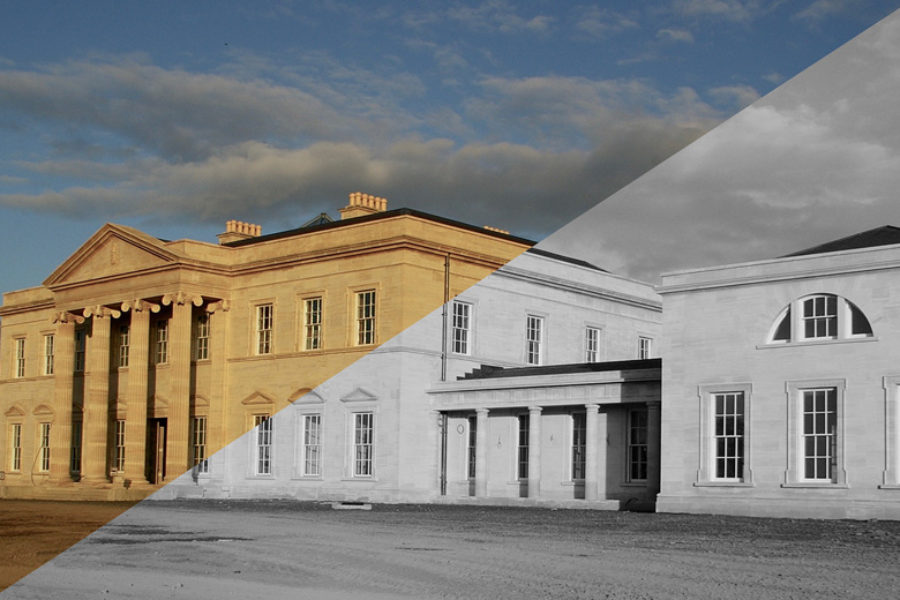
A look at the most spectacular before and after pictures of plaster projects carried out by Maison Rouveure Marquez.
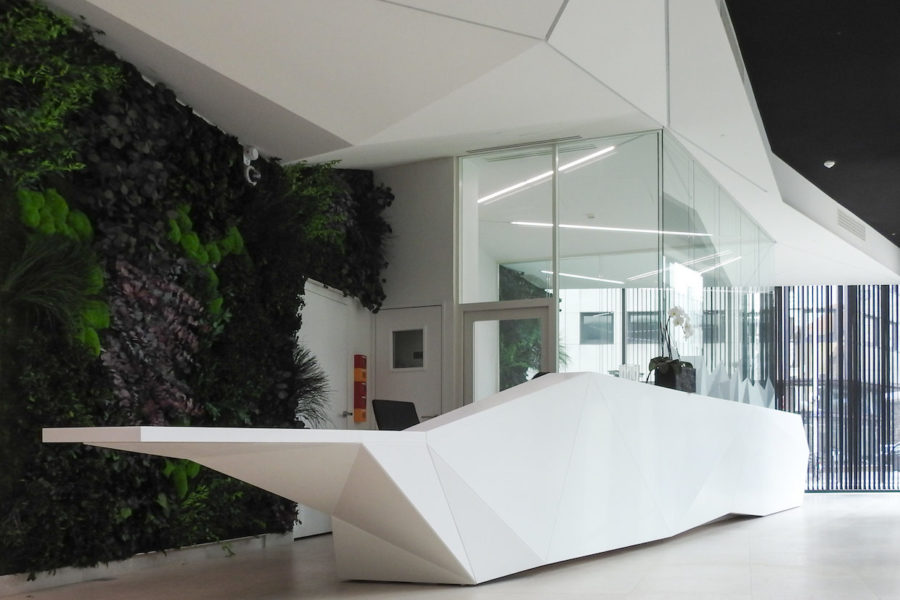
A renovation in an origami spirit for the company Implid, formerly Segeco.
More information
Our teams are ready to hear all about your plans for bespoke creations for your shops, hotels, office space, restaurants and public places.


